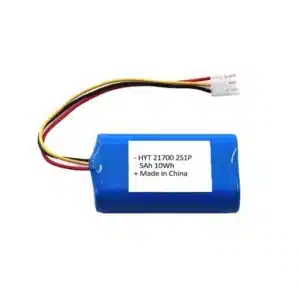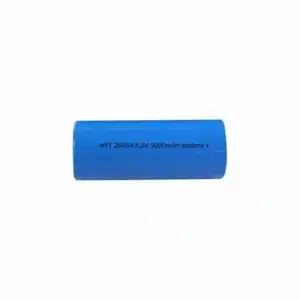Batteries for blood pressure monitor
Our polymer batteries are widely used in various blood pressure monitors, including wrist, upper arm, and finger types. While some blood pressure monitors still use standard AA and AAA alkaline batteries, rechargeable lithium batteries offer the advantage of multiple charge cycles, though they require periodic recharging.
Battery-operated blood pressure monitors, equipped with stable, high-capacity batteries, can typically last for 2-3 years. When choosing a battery type, factors such as usage frequency, cost, capacity, and size should be considered.
We offer a wide range of 200 polymer battery models to suit your specific needs. Additionally, we can customize battery solutions tailored to your exact requirements.

Chargeable
Rechargeable blood pressure monitors come with built-in rechargeable batteries, eliminating the need for frequent battery replacements. A single charge can provide up to 6 months of use.
Digital Tech
They can automatically complete the entire measurement process, including inflation, detection, recording, and display of results. This enhances accuracy and simplifies operation.
Large Screen Display
Rechargeable blood pressure monitors typically feature large, easy-to-read displays that clearly show measurement results, making them convenient for the elderly.
Data Storage Function
These blood pressure monitors have a data storage function, allowing you to record at least 99 measurements.
battery blood pressure monitor product
Blood pressure monitor batteries primarily come in three types: polymer batteries, 18650 batteries, and coin cell batteries. Among these, 18650 and polymer batteries are the most widely used. Capacities can range from a few hundred to several thousand milliampere-hours. Lithium-ion batteries offer a good balance of capacity, voltage output, and self-discharge rate. When selecting a lithium battery model, factors such as battery compartment size, operating environment, and cost should be considered.
The table below lists the 11 blood pressure monitor battery models we produce. We can also customize battery models to meet your specific requirements.
- Blood pressure monitor battery
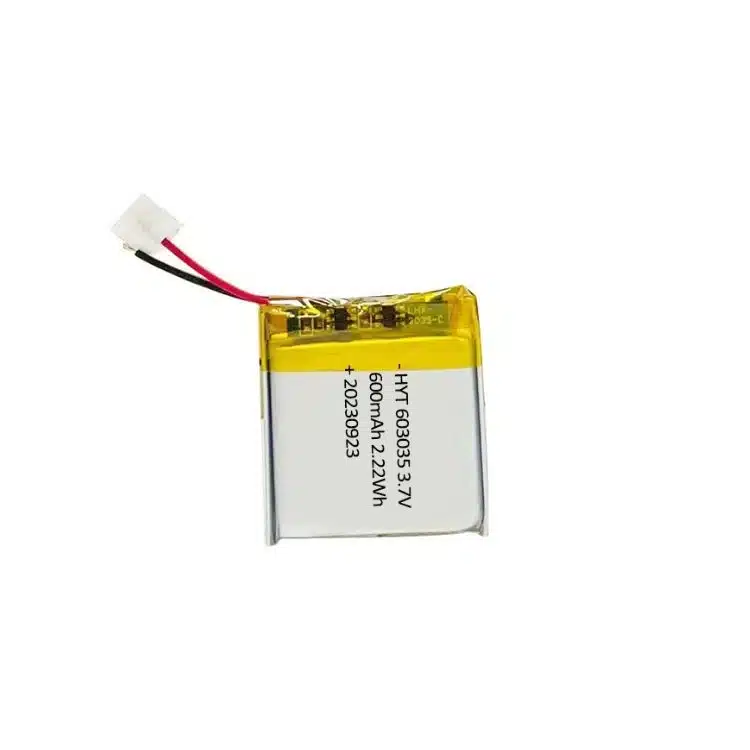
603035 3.7V 600mAh Battery
Nominal voltage: 3.7V
Nominal capacity: 600mAh
Rated energy: 2.22Wh
Thickness: ≤6.0mm
Widness: ≤30.0mm
Length: ≤35.0mm
Internal resistance: ≤75mΩ
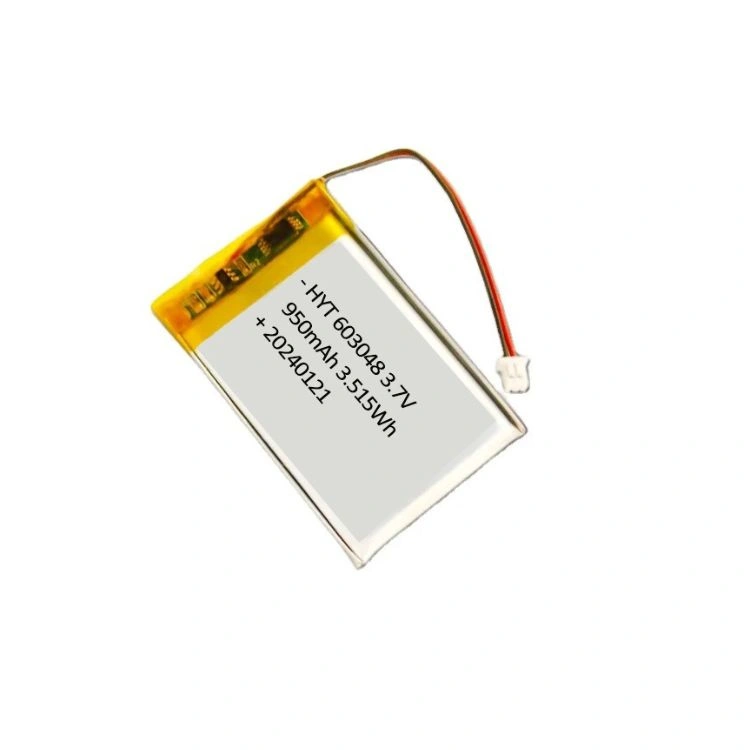
603048 3.7V 950mAh Battery
Nominal voltage: 3.7V
Nominal capacity: 950mAh
Rated energy: 3.515Wh
Thickness: ≤6.0mm
Widness: ≤30.0mm
Length: ≤48.0mm
Internal resistance: ≤60mΩ
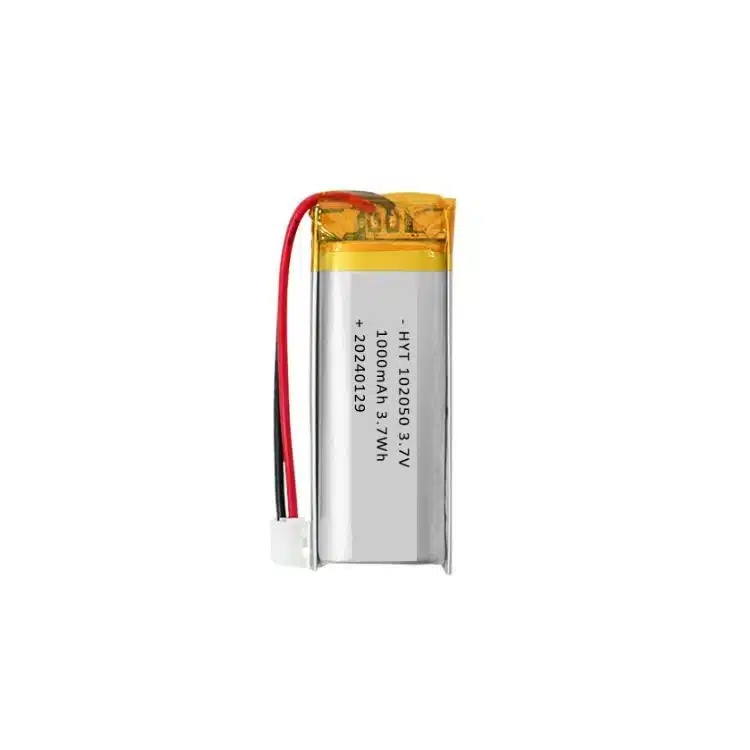
102050 3.7V 1000mAh Battery
Nominal voltage: 3.7V
Nominal capacity: 1000mAh
Rated energy: 3.7Wh
Thickness: ≤10.0mm
Widness: ≤20.0mm
Length: ≤50.0mm
Internal resistance: ≤70mΩ
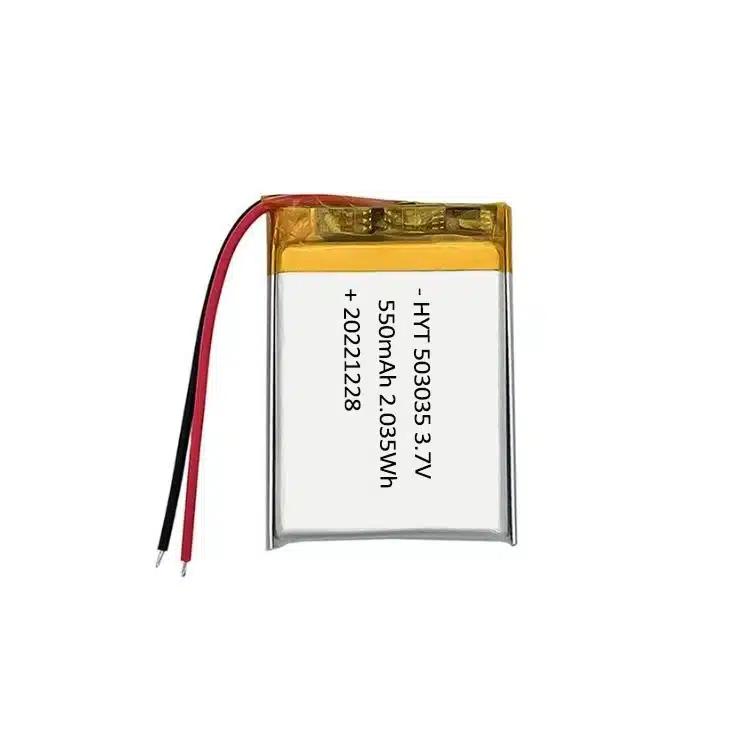
503035 3.7V 550mAh Battery
Nominal voltage: 3.7V
Nominal capacity: 550mAh
Rated energy: 2.035Wh
Thickness: ≤5.0mm
Widness: ≤30.0mm
Length: ≤35.0mm
Internal resistance: ≤80mΩ
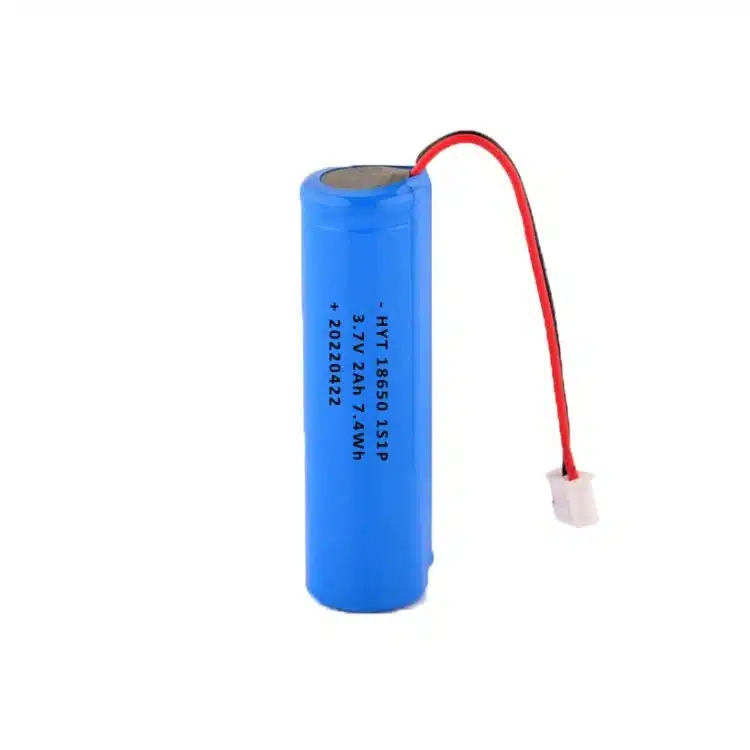
18650 1S1P 3.7V 2Ah Battery
Nominal voltage: 3.7V
Nominal capacity: 2000mAh
Rated energy: 7.4Wh
Charge current: 3.0C rate
Discharge current: 1.0C rate
Diameter: ≤19mm
Length: ≤68.0mm

18650 1S1P 3.7V 1800mAh Battery
Nominal voltage: 3.7V
Nominal capacity: 1800mAh
Rated energy: 6.66Wh
Charge current: 1.0C rate
Discharge current: 1.0C rate
Diameter: ≤19.0mm
Length: ≤68.0mm
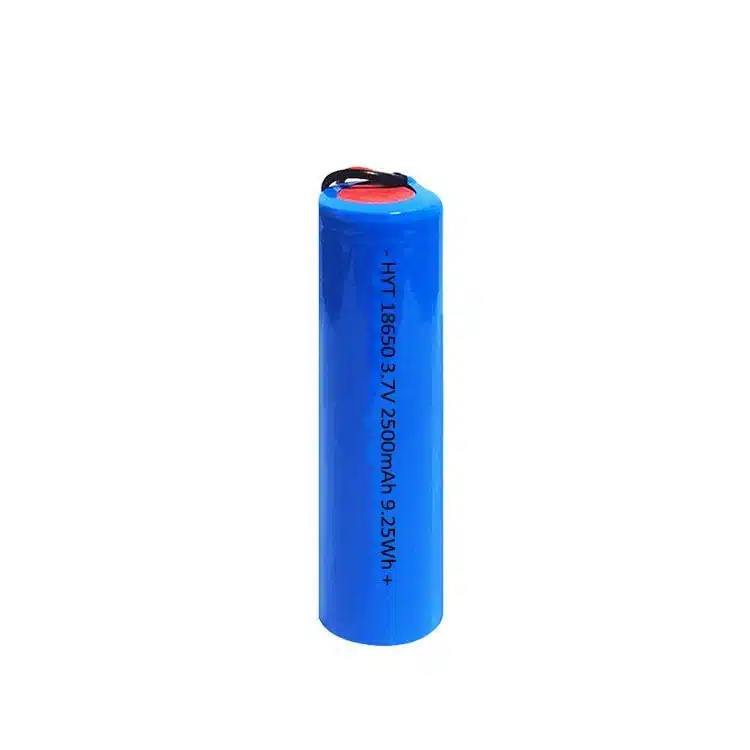
18650 1S1P 3.7V 2500mAh Battery
Nominal voltage: 3.7V
Nominal capacity: 2500mAh
Rated energy: 9.25Wh
Charge current: 2.0C rate
Discharge current: 1.0C rate
Diameter: ≤19.0mm
Length: ≤68.0mm
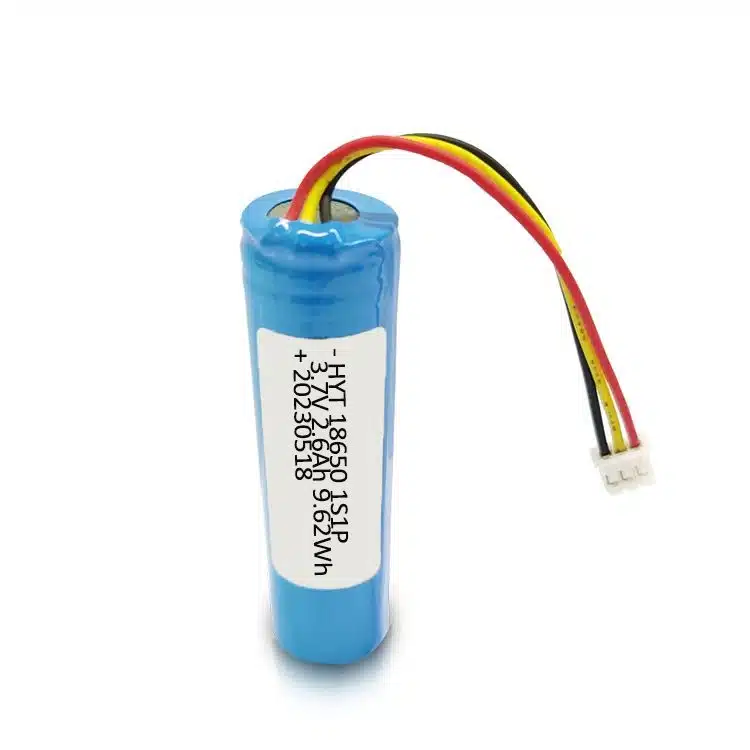
18650 1S1P 3.7V 2600mAh Battery
Nominal voltage: 3.7V
Nominal capacity: 2600mAh
Rated energy: 9.62Wh
Charge current: 1.0C rate
Discharge current: 3.0C rate
Diameter: ≤19.0mm
Length: ≤68.0mm
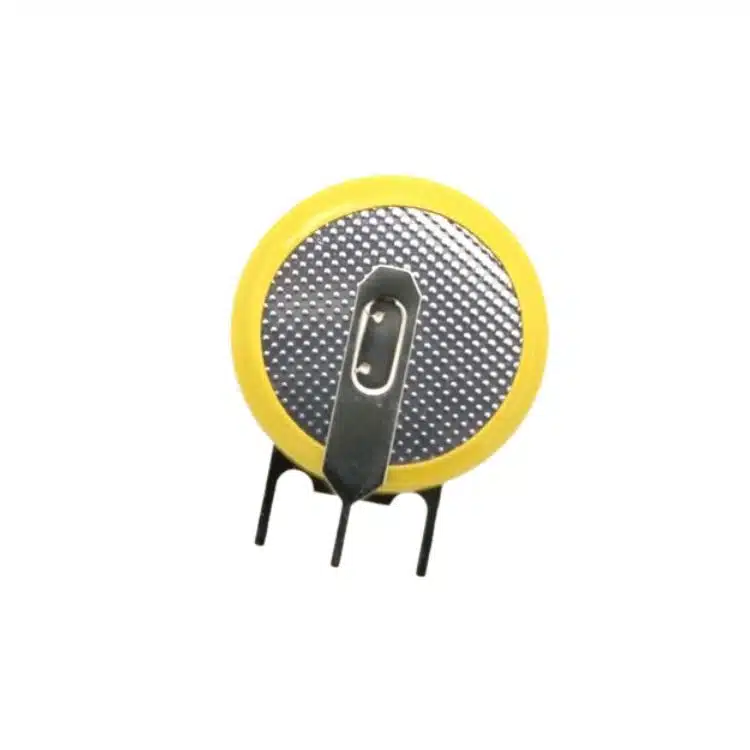
3V CR2032 Coin Cell Battery
Nominal voltage: 3V
Nominal capacity: 210mAh
Rated energy: 0.63Wh
Max Continue Current: 3mA
Weight: 3g
Size: 20.0*3.2mm
Temperature: -40~85℃
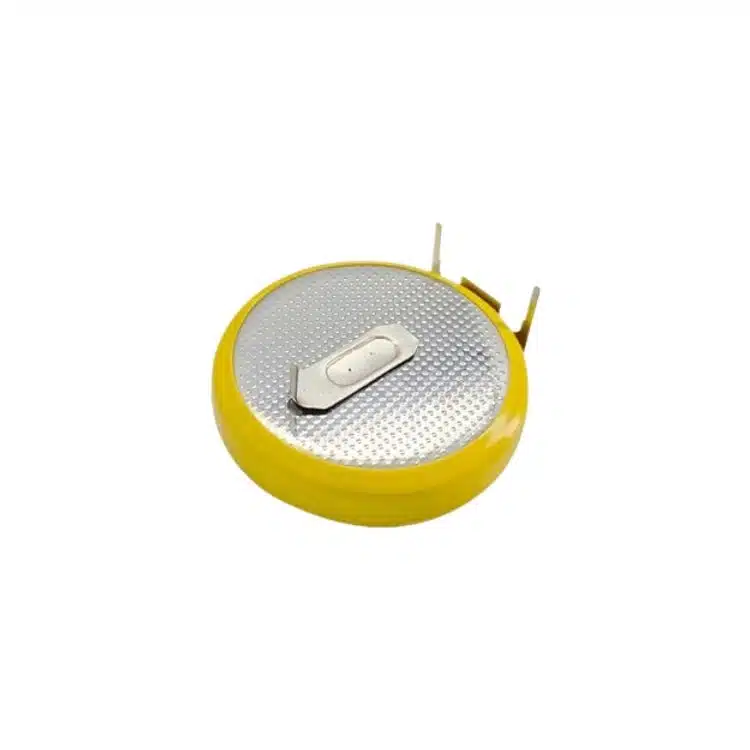
3V CR2450 Coin Cell Battery
Nominal voltage: 3V
Nominal capacity: 600mAh
Rated energy: 1.8Wh
Max Continue Current: 3mA
Weight: 6.4g
Size: 24.5*5.0mm
Temperature: -40~85℃

3V CR2025 Coin Battery
Nominal voltage: 3V
Nominal capacity: 150mAh
Rated energy: 0.45Wh
Max Continue Current: 3mA
Weight: 2.5g
Size: 20.0*2.5mm
Temperature: -40~85℃
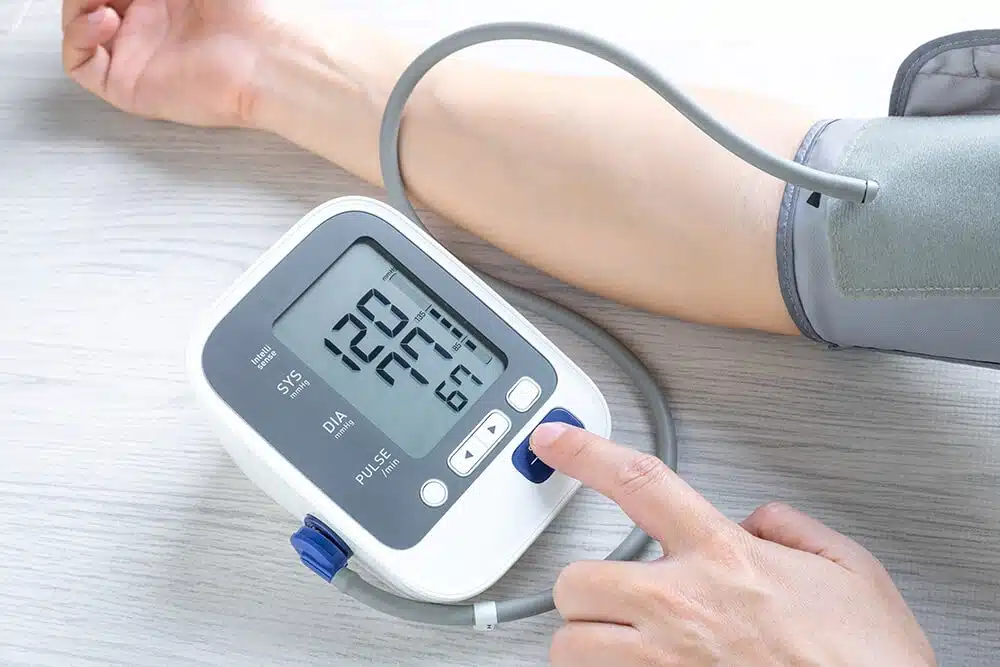
Are rechargeable blood pressure monitors accurate
Verification and Certification The most critical factor determining the accuracy of a blood pressure monitor is whether it has undergone professional calibration. Devices that have been rigorously tested and verified can effectively provide accurate readings.
Correct Usage Even verified devices can produce inaccurate readings if used improperly. Key points for correct usage include:
- Selecting the appropriate cuff size and measurement location
- Keeping the arm/wrist at heart level
- Sitting quietly and remaining still during measurement
- Strictly following the manufacturer’s operating instructions
How to charge the blood pressure monitor correctly?
Confirm the Charging Port Type:
Before charging, verify if the blood pressure monitor’s charging port is USB-A or USB-C.
Connect to Power Source:
Connect the USB end of the charging cable to a suitable power source. This could be:
- A computer’s USB port
- A USB charger
- A power bank with a USB port
Connect the Device Properly:
Insert the other end of the charging cable into the blood pressure monitor’s charging port. Ensure a secure connection to prevent the cable from disconnecting during charging.
Observe the Charging Indicator:
Most blood pressure monitors have a charging indicator light. Typically, the light will blink or change color while charging and remain steady when fully charged.
Charging Time:
Before using the device for the first time, it is recommended to charge it to 100% to activate the battery’s internal chemistry. Charging time varies depending on the device, but it’s generally recommended to charge for 1-2 hours.


How long does it take to charge a blood pressure monitor?
Typical Charging Time:
Most rechargeable blood pressure monitors take between 2 to 4 hours to fully charge. This duration is sufficient to charge the battery from completely empty to full.
Factors Affecting Charging Time:
Charging time can be influenced by the following factors:
- Battery capacity
- Charger output power
Quick Charging Feature:
Some modern blood pressure monitors are equipped with quick charging technology, allowing for a full charge in as little as 30 minutes.
Battery Life After a Full Charge:
Generally, a fully charged blood pressure monitor can perform 200 to 300 measurements or last for up to six months, depending on usage frequency.
Charging Recommendations:
- Initial charge: Before using the device for the first time, it is recommended to fully charge it.
- Avoid overcharging: Once the battery is full, disconnect the charger.
- Subsequent charges: For subsequent charges, charging the battery to 80% is sufficient and can help prolong battery life.
FAQs for battery powered blood pressure monitor
When selecting a blood pressure monitor, consider the following key factors:
- Prioritize an upper-arm automatic blood pressure monitor as it typically offers more accurate readings than wrist-based models.
- Ensure clinical validation: Look for devices that have been clinically validated and ideally carry FDA approval for added confidence in accuracy.
- Choose the right cuff size: Measure your upper arm to select a cuff that fits snugly but comfortably.
- Prioritize ease of use: Opt for a monitor with a clear, easy-to-read display and simple controls.
- Consider your budget and brand reputation: Balance your budget with the need for quality and reliable after-sales service by choosing a reputable brand.
Blood pressure readings can be influenced by a variety of factors, including:
- Talking during measurement: Conversations can elevate blood pressure.
- Not urinating before the test: A full bladder can slightly increase blood pressure.
- Not placing the cuff directly on the bare arm: Clothing or other materials between the skin and the cuff can affect accuracy.
- Incorrect cuff size: A cuff that is too tight or too loose can give inaccurate results.
- Smoking within 30 minutes of measurement: Nicotine can temporarily increase blood pressure.
- Lack of back or arm support: Proper positioning is crucial for accurate readings.

